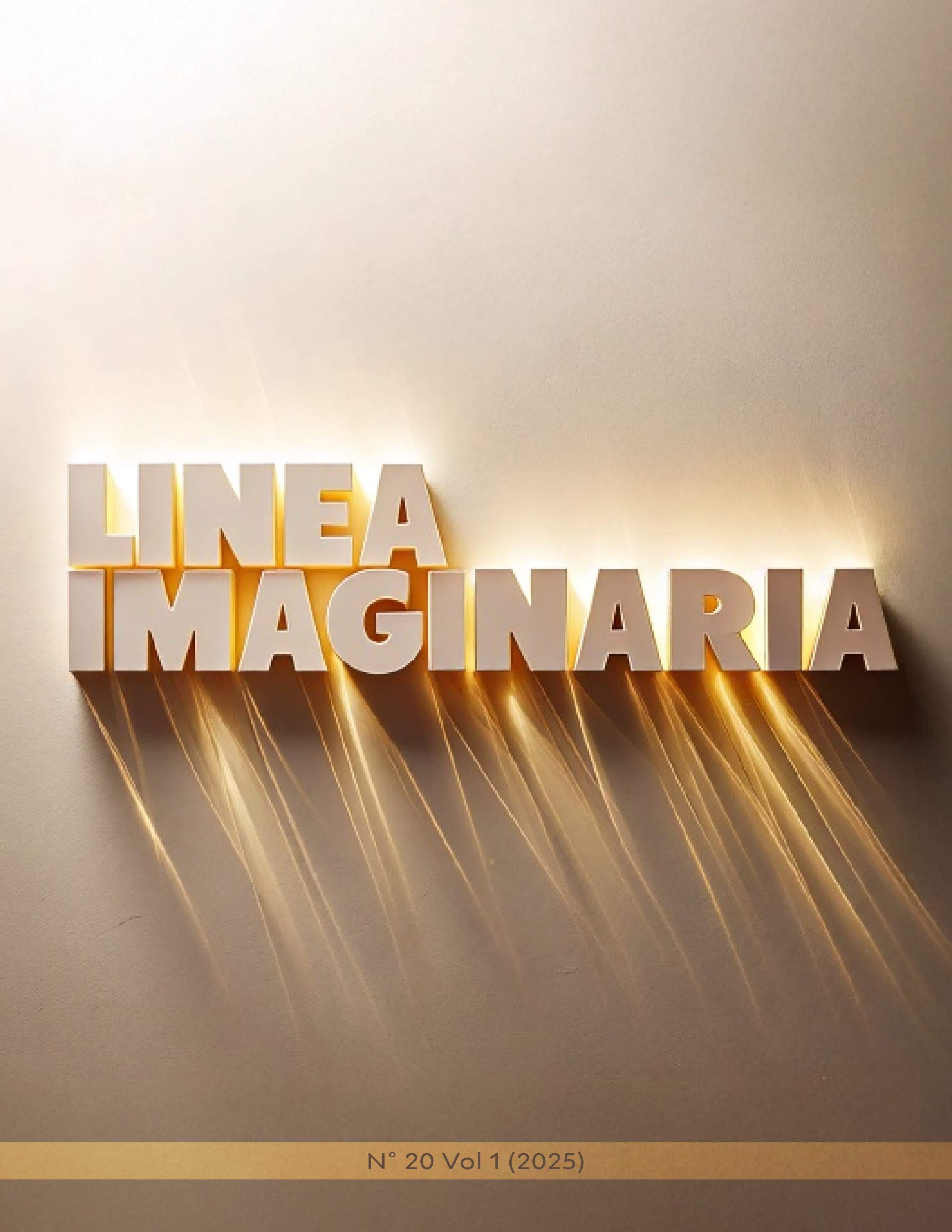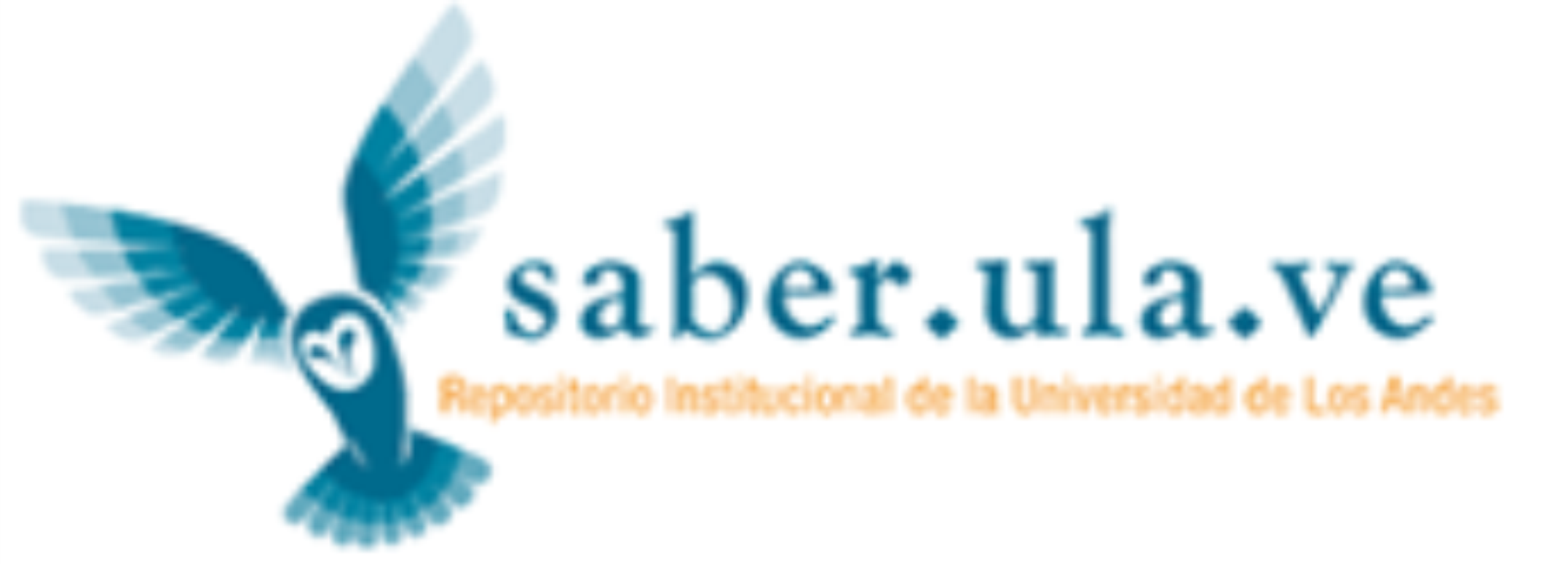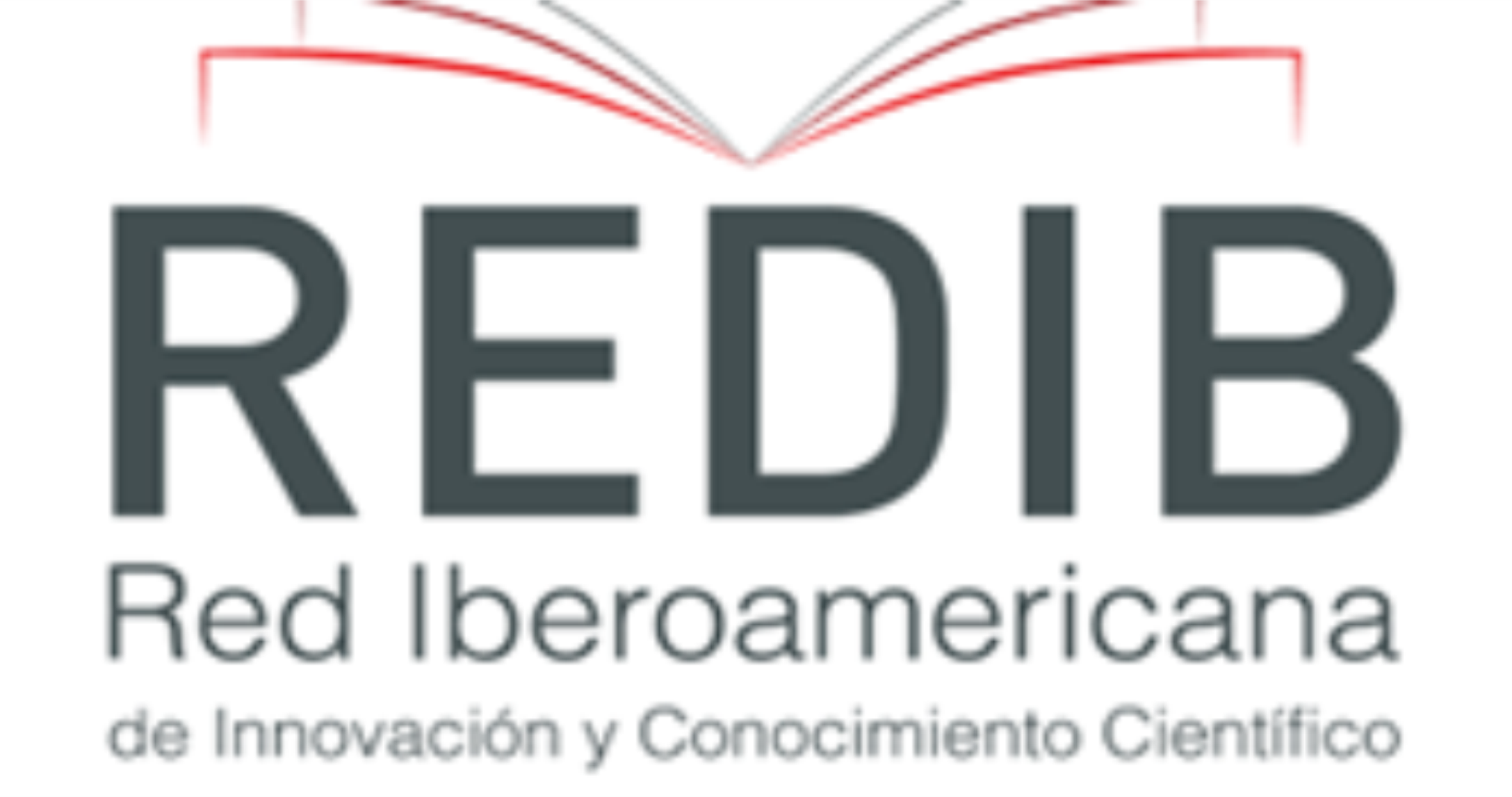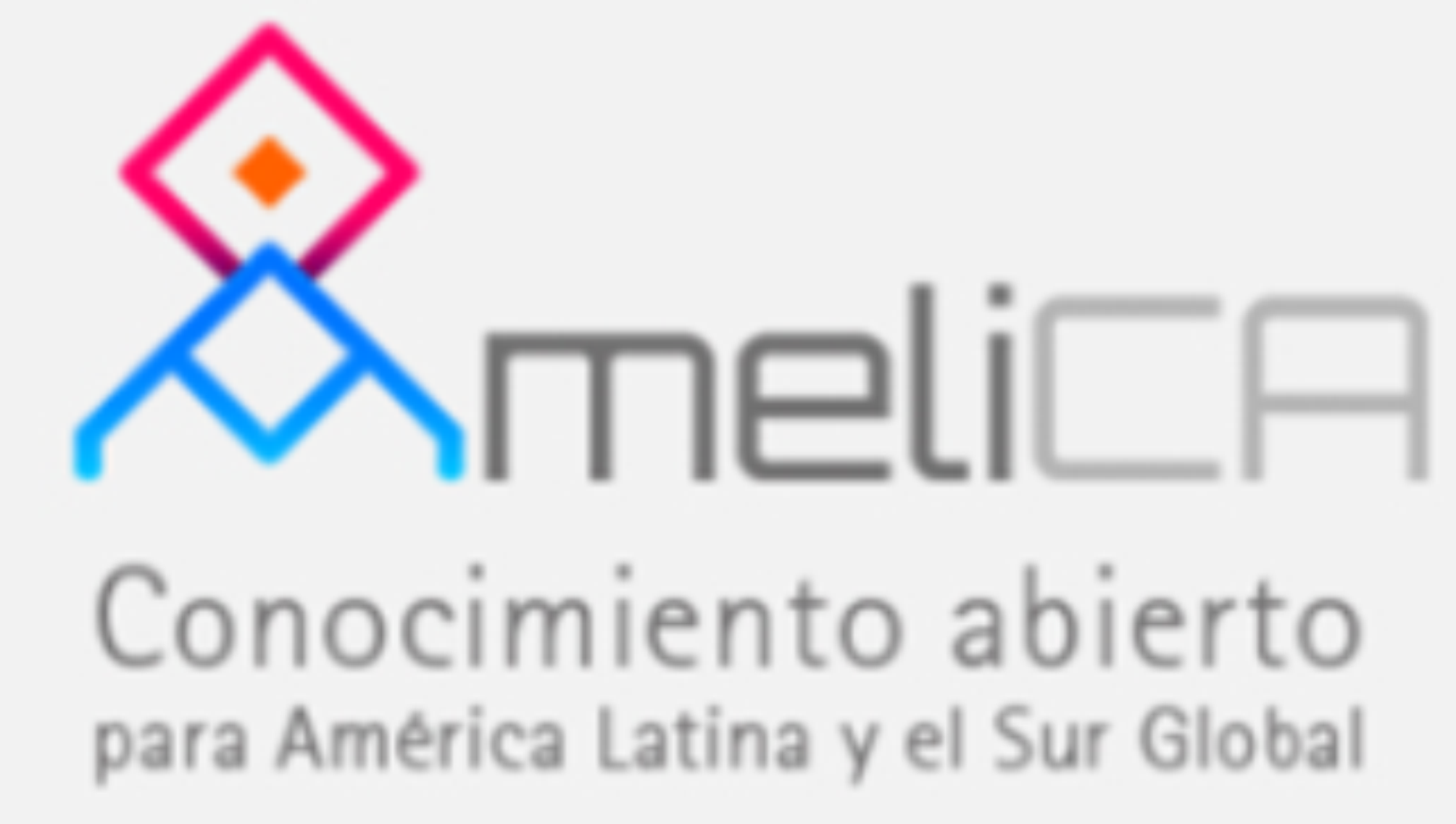ESTUDIO TECNICO INTERDISCIPLINARIO DE PLANTA DOCENTE Y SU REALIDAD EN EL SECTOR EDUCATIVO RURAL, I.E EL ESPINAL (Artículo científico de opinión y reflexión libre)
DOI:
https://doi.org/10.56219/lneaimaginaria.v1i20.3703Palabras clave:
Estudio interdisciplinario, Entidad territorial, Matricula, contexto educativo, infraestructura educativa, oferta educativaResumen
Se presenta este ensayo de opinión con el fin de suscitar una reflexión respecto a la organización de planta docente y estudios interdisciplinarios que vienen realizando las entidades territoriales del país, en especial enfocándonos en la entidad territorial de Santander y específicamente en el Municipio de San José de Miranda, Institución educativa el Espinal. Se expone este análisis desde el contexto de las sedes educativas rurales, ya que desde lo observado en los últimos años la política de organización del personal docente en las instituciones educativas no es flexible con la realidad presente, no se hace una diferenciación de los diferentes contextos donde se aplica los indicadores técnicos de organización de planta docente establecidos como base por parte del Ministerio de Educación (MEN), ya que los mismos no reflejan la variabilidad y las brechas que existe entre el área urbana y área rural.
El estudio técnico de planta docente se fundamenta en variables como la matricula discriminada por sede, nivel, grado y grupo de los establecimientos educativos territoriales, el contexto y particularidades de los establecimientos educativos y de cada sede, la infraestructura educativa y la oferta educativa, aspectos que bajo un análisis pertinente y comprensivo de la realidad educativa quizás permitirían garantizar la cobertura, la calidad y la pertinencia de la educación rural.
Descargas
Citas
Bautista, M., González, G. (2019). Docencia rural en Colombia: educar para la paz en medio del conflict armado. Fundación Compartir.
Calidad Educativa en Zonas Rurales de Colombia (2024), Laboratorio de Economía de la Educación, LEE, de la Pontificia Universidad Javeriana.
Guía cómo elaborar un estudio técnico de modificación de plantas docente y directivo docente, Ministerio de Educación (2022).
Ley General de Educación, 115 de Febrero 8 de 1994. https://www.corrillos.com.co/el-desalentador-panorama-de-los-estudiantes-en-el-campo/ https://www1. funcionpublica.gov.co/eva/gestornormativo/norma_pdf.php?i=62866. Decreto número 1083 de 2015. Departamento Administrativo de la Función Pública.
Ministerio de Educación Nacional, MEN, (2010)
Ministerio de Educación. Jornada única (2021)
Ministerio de Educación Nacional (2020). Documento Metodológico del Proceso Estadístico “Planta Docente y Directivo Docente del Sector Oficial”
Ministerio de Educación Nacional, MEN, (2024), resolución Número 003593 del 27 de Marzo de 2024.
Ministerio de Educación Nacional (2022). La formación docente en Colombia. Nota técnica.
Ministerio de Educación Nacional (MEN). (2015). Decreto 2105 de 2017. Único Reglamentario del Sector Educación, en relación con la jornada única escolar, los tipos de cargos del sistema especial de carrera docente y su forma de provisión, los concursos docentes y la actividad laboral docente en el servicio educativo de los niveles de preescolar, básica y media
Ortíz B, S (2024), Comunicaciones Secretaria de Educación, https://www.cali.gov.co/educacion/publicaciones/181078/estudios-tecnicos-liderados-por-la-secretaria-de-educacion-permitiran-contar-con-el-personal-docente-que-garantice-el-derecho-a-la-educacion-en-cali/
Sistema Nacional de Indicadores Educativos para los niveles depreescolar, básica y media en Colombia, (2013). www.mineducacion.gov.co – planeacion@mineducacion.gov.co.
Descargas
Publicado
Cómo citar
Número
Sección
Licencia
Derechos de autor 2025 LÍNEA IMAGINARIA

Esta obra está bajo una licencia internacional Creative Commons Atribución-NoComercial-CompartirIgual 4.0.
La revista Línea Imaginaria conserva los derechos patrimoniales (copyright) de las obras publicadas, que favorece y permite la reutilización de los mismos bajo la licencia Creative Commons Atribución-NoComercial-CompartirIgual 4.0 , por lo cual se pueden copiar, usar, difundir, transmitir y exponer públicamente, siempre que se cite la autoría y fuente original de su publicación (revista, editorial, URL y DOI de la obra), no se usen para fines comerciales u onerosos y se mencione la existencia y especificaciones de esta licencia de uso. Si remezcla, transforma o crea a partir del material, debe distribuir su contribución bajo la misma licencia del original.













